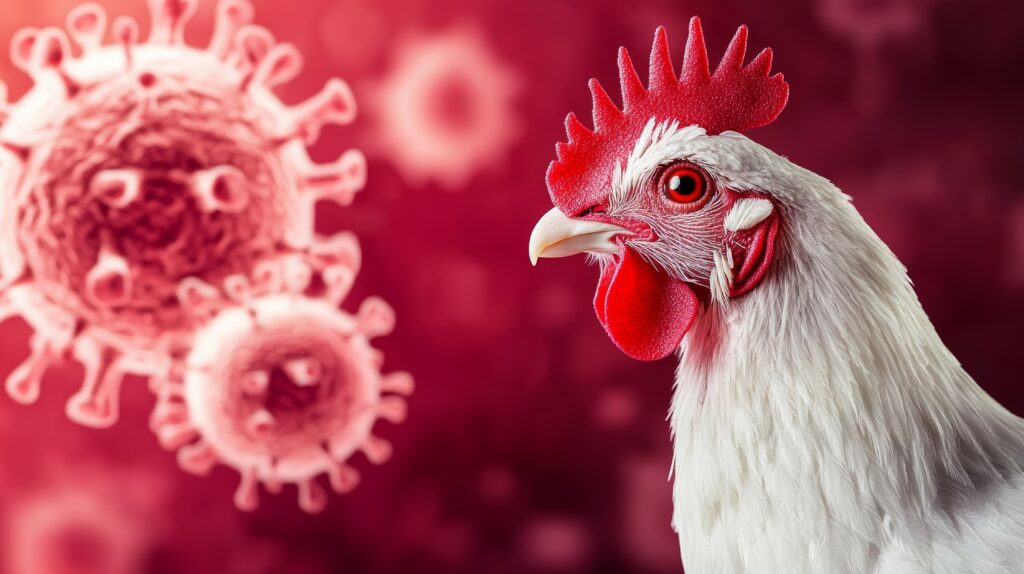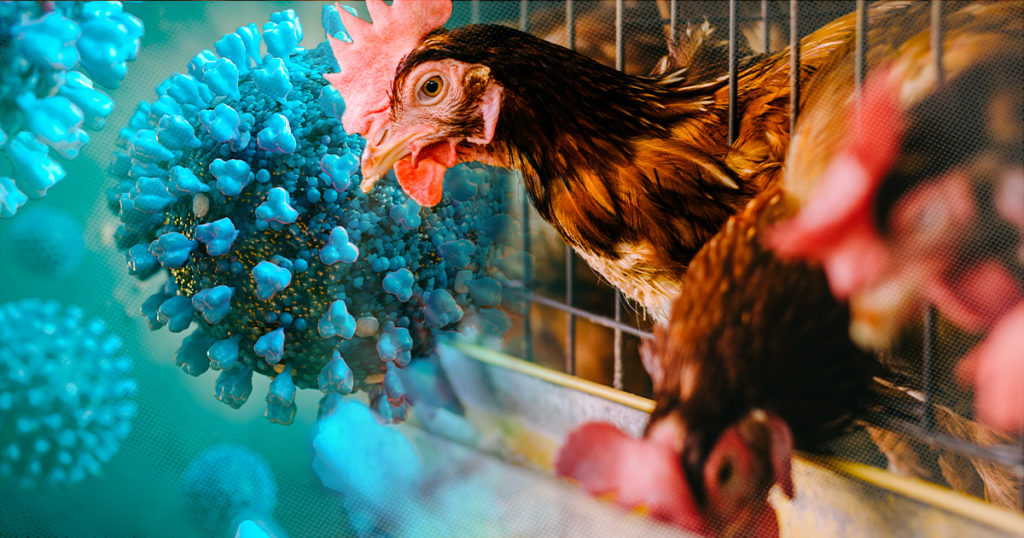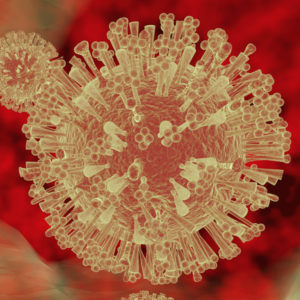The global outbreak of highly pathogenic avian influenza A (H5N1) underscores the critical importance of proactive and integrated health strategies. With its zoonotic potential, the H5N1 virus affects diverse animal populations and poses significant risks to human health, ecosystems, and economies worldwide. At Promega, we are dedicated to equipping researchers and public health professionals with the tools they need to navigate and address these complex challenges.
Understanding H5N1 and Its Impact
A Global Challenge
The H5N1 outbreak has led to the depopulation of over 300 million birds across 108 countries, spanning five continents. The virus has infected over 500 bird species and at least 70 mammalian species, including endangered California condors and polar bears (1). The virus has had significant economic repercussions, particularly in the poultry industry, with 168 million birds culled in the United States to date (2). Recent human infections, primarily among farm workers, highlight the need for continued vigilance and robust surveillance systems.



